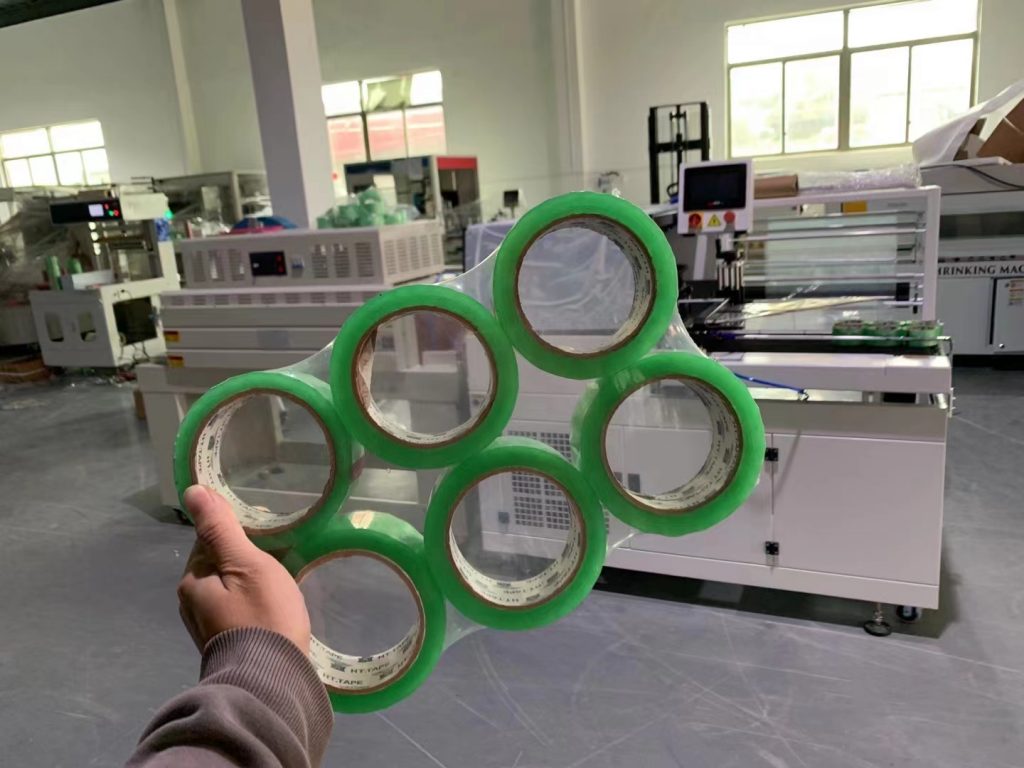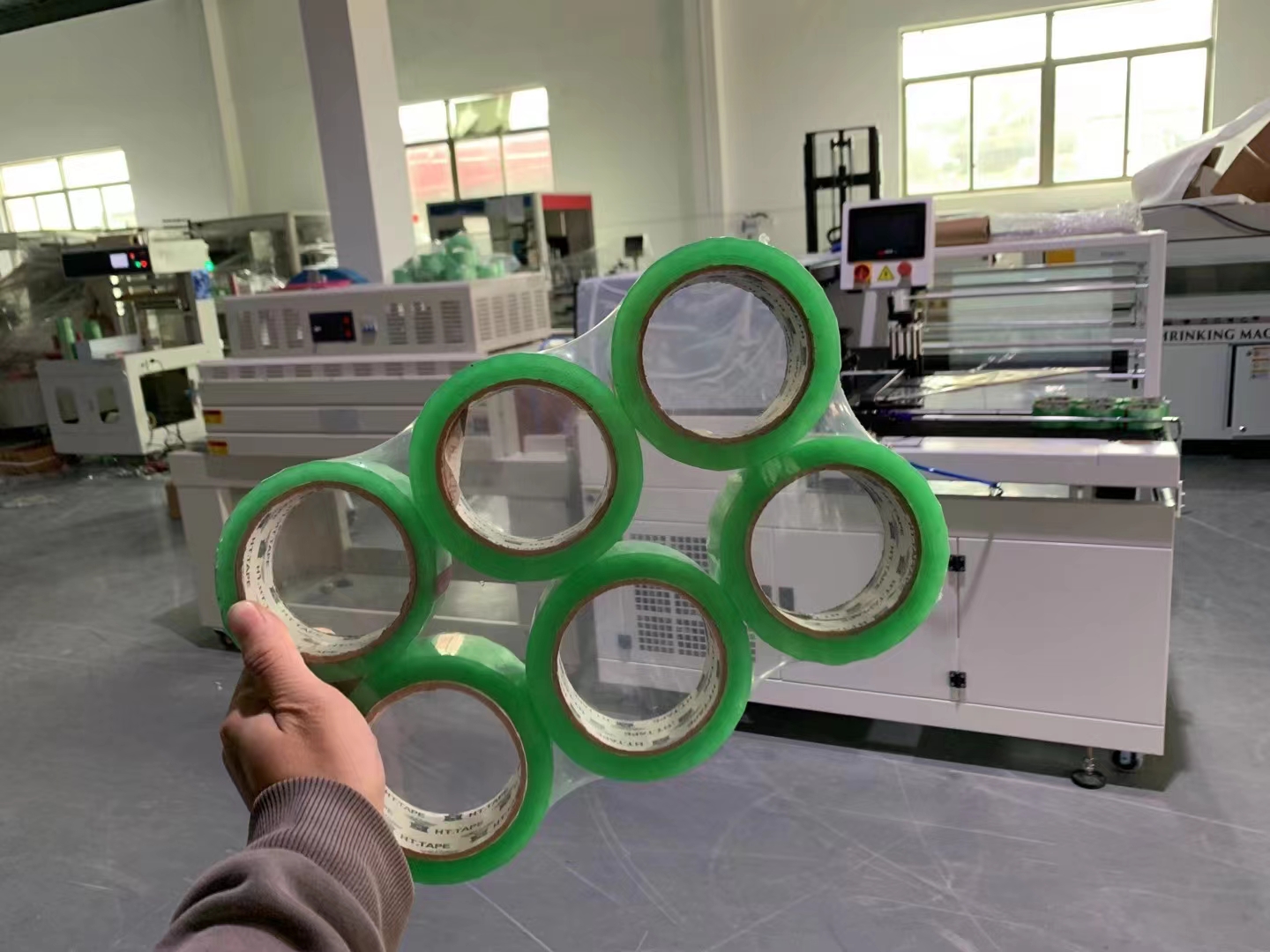
How many key areas does the tape industry focus on like other industries?
- Material Innovation: Tape makers are always trying out new stuff to make their tapes better. They mess around with different materials or mix them together to make the tape stickier, tougher, more bendy, or able to handle rough weather. Sometimes they even play with really tiny stuff called nanotechnology to make the tape super strong. They also use fancy plastics or natural materials like plants to make the tape work even better. By doing all this, they can make tapes that stick longer, survive more wear and tear, and work in all kinds of conditions.
- Product Diversification: Tape companies are always making new kinds of tapes for different jobs. They don’t just stick to one type—they make tapes for lots of things like building cars, fixing people in hospitals, building houses, or making gadgets. Each type of tape is made special for its job, so a tape for fixing a broken bone won’t be the same as one for holding wires in a computer. By making all these different tapes, they can help people do their jobs better and fix things up right.
- Advanced Adhesive Technologies: Tape companies spend time and money on research to make adhesives stick better, dry faster, and come off without leaving any mess behind. They’re always trying to make the glue in tapes stronger so things stick together really well. They also want it to dry quickly so you don’t have to wait forever for it to work. And when you’re done with the tape, they want it to come off cleanly without leaving any sticky stuff behind. By figuring out how to make better glue, they can make tapes that work great on all kinds of surfaces and in different places.
- Customization and Personalization: Tape companies let you pick how you want your tape to look and fit your needs. You can choose the color, how big or small you need it, and even put your own logo on it. They use special machines to print stuff like logos or messages directly onto the tape. This way, whether you’re fixing something at home or in a big factory, you can have the tape just the way you want it.
- Sustainability Initiatives: Responding to growing environmental concerns by developing eco-friendly tapes made from renewable materials, biodegradable adhesives, or recyclable packaging. Sustainability has become a significant focus for many industries, and tape manufacturers are no exception.
- Automation and Efficiency: Tape companies use robots and machines to make their tapes faster, cheaper, and better. These robots help with cutting the tape just right, wrapping it up neatly, and checking if it’s good quality. By using machines, they can make sure every roll of tape is the same and works perfectly, saving time and money in the process.
- Digitalization and Smart Technologies: Tape companies are thinking about making tapes even more useful by adding cool stuff. Like putting tiny chips called RFID tags in them to see where the tape is and how much is left. This helps keep track of how much tape is in stock, so there’s always enough when needed. They might also add sensors to tell if the tape got too hot or cold, which could mess it up. By making tapes smarter, they can help businesses manage their supplies better and make sure everything stays in good shape.
By continually keep innovation in these areas, tape manufacturers can differentiate their products, meet evolving customer needs, and maintain a competitive edge in the market.

